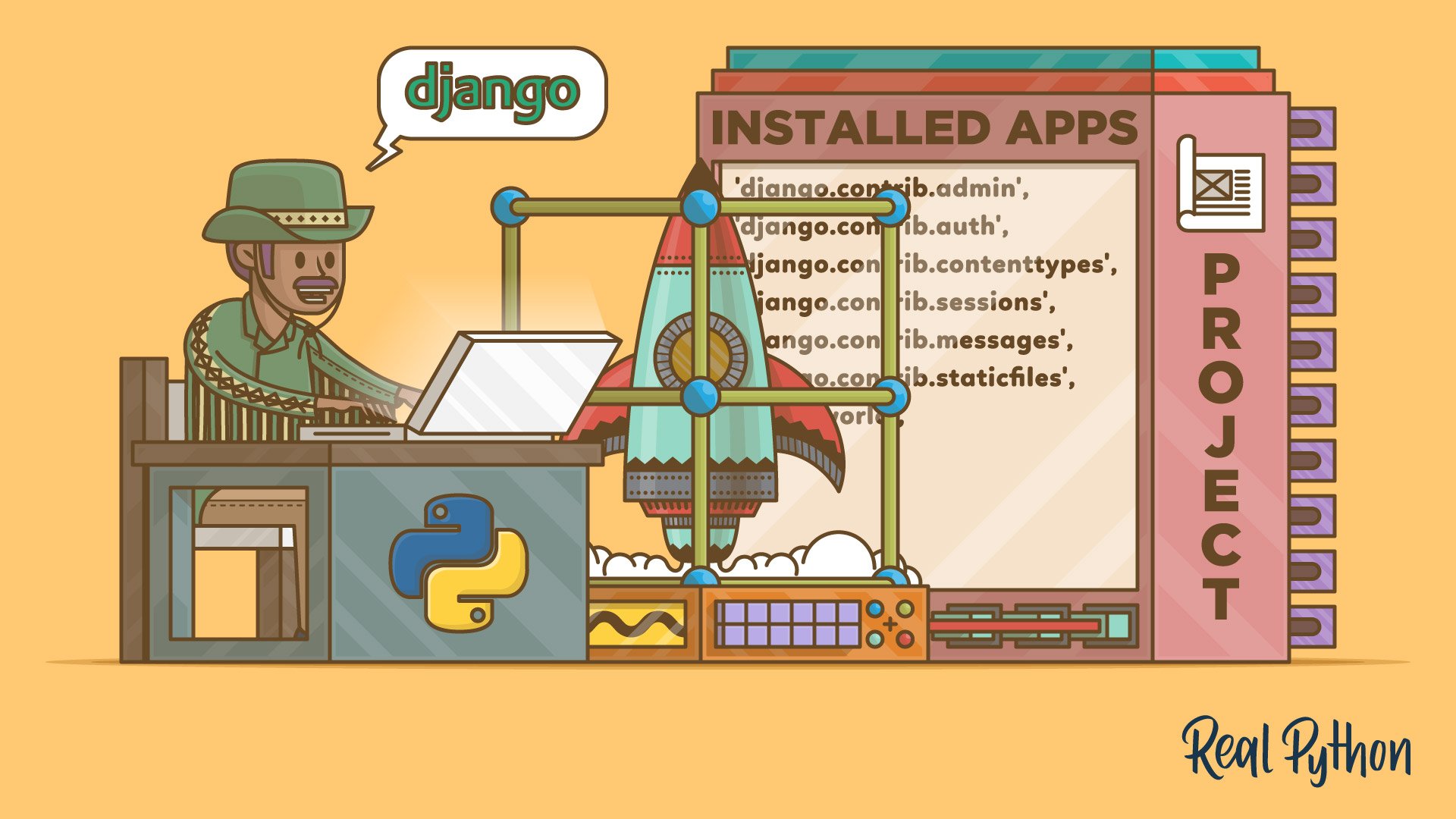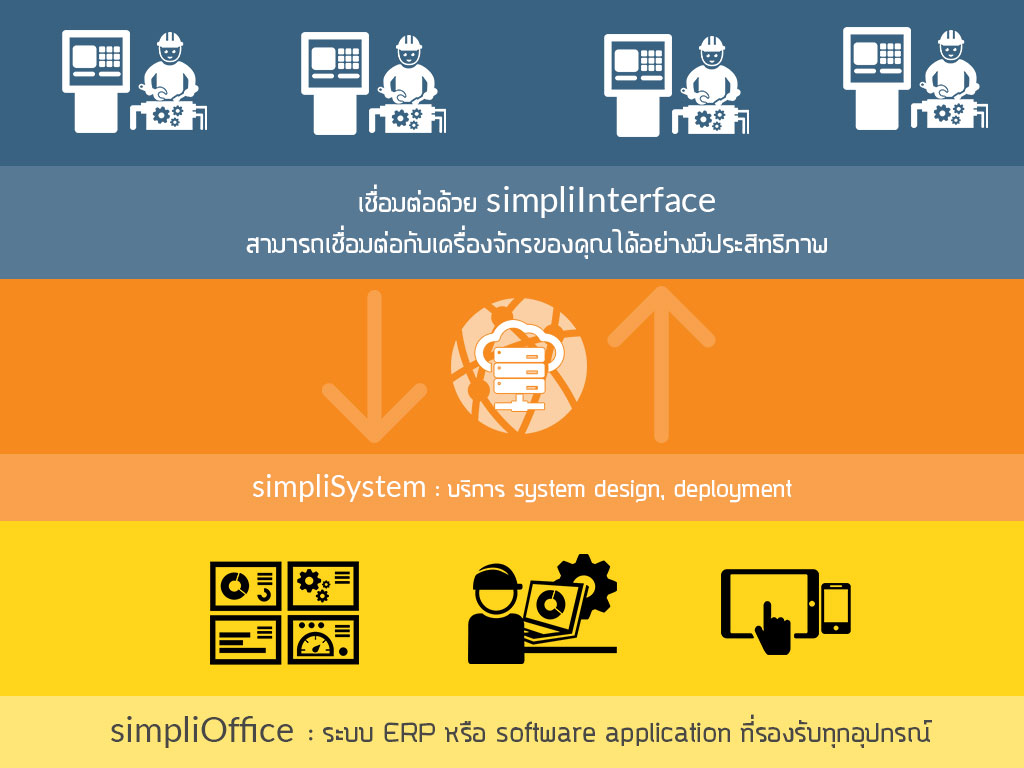Creating a Chatbot with Rasa to Support Japanese for Big Camera Sales
This guide will walk you through the steps to create a Rasa-based chatbot that supports Japanese and is tailored for managing a big camera sale.
Step 1: Install Rasa
Ensure you have Python installed, then install Rasa using pip:
pip install rasaStep 2: Initialize a New Rasa Project
Create a new Rasa project:
rasa init --no-promptThis will generate a default project structure.
Step 3: Add Japanese Language Support
Modify the config.yml file to add support for Japanese. Use a tokenizer and pipeline that handles Japanese effectively. For example:
language: ja
pipeline:
- name: "JiebaTokenizer"
- name: "RegexFeaturizer"
- name: "LexicalSyntacticFeaturizer"
- name: "CountVectorsFeaturizer"
analyzer: "word"
- name: "CountVectorsFeaturizer"
analyzer: "char_wb"
min_ngram: 1
max_ngram: 4
- name: "DIETClassifier"
epochs: 100
- name: "EntitySynonymMapper"
- name: "ResponseSelector"
epochs: 100
- name: "FallbackClassifier"
threshold: 0.3Step 4: Define Intents and Responses
In the domain.yml file, define intents and responses related to the camera sale. For example:
intents:
- greet
- ask_discount
- ask_camera_features
- check_stock
- thank_you
responses:
utter_greet:
- text: こんにちは! カメラセールチャットへようこそ!
utter_ask_discount:
- text: このカメラは今だけ特別価格で提供されています! ご興味のあるモデルはありますか?
utter_ask_camera_features:
- text: ご希望のカメラの特徴をお知らせください:高画質?ズームレンズ?列挙しますので、お使いになる方法を教えてください!
utter_check_stock:
- text: ご希望のモデルをお知らせください。在庫状況を確認します。
utter_thank_you:
- text: ありがとうございます! ご問題があれば、ご不明な点をご訪問ください。Step 5: Create Training Data
In data/nlu.yml, add training examples in Japanese:
version: "3.0"
nlu:
- intent: greet
examples: |
- こんにちは
- ハロー
- intent: ask_discount
examples: |
- 何か特別価格の商品はありますか?
- 値引はありますか?
- intent: ask_camera_features
examples: |
- このカメラはどんな特徴がありますか?
- 高画質のカメラはどれですか?
- intent: check_stock
examples: |
- このカメラの在庫はありますか?
- 在庫状況を教えてください。
- intent: thank_you
examples: |
- ありがとう
- せんきゅうStep 6: Create Custom Actions
Create a custom action for checking stock. In actions/actions.py, define the action:
from typing import Any, Text, Dict, List
from rasa_sdk import Action, Tracker
from rasa_sdk.executor import CollectingDispatcher
class ActionCheckStock(Action):
def name(self) -> Text:
return "action_check_stock"
def run(self, dispatcher: CollectingDispatcher,
tracker: Tracker,
domain: Dict[Text, Any]) -> List[Dict[Text, Any]]:
# Example stock data
stock_data = {
"camera_x": "在庫あり",
"camera_y": "在庫なし",
}
model = tracker.get_slot("camera_model")
if model in stock_data:
stock_status = stock_data[model]
response = f"モデル {model} の在庫状況: {stock_status}"
else:
response = "指定されたモデルは見つかりませんでした。"
dispatcher.utter_message(text=response)
return []Update the domain.yml file to include the custom action and a slot for the camera model:
actions:
- action_check_stock
slots:
camera_model:
type: textUpdate the utter_check_stock response to prompt the user for the camera model if it's not provided:
responses:
utter_check_stock:
- text: ご希望のモデル名を教えてください。Step 7: Update Stories
In data/stories.yml, update the story for checking stock:
version: "3.0"
stories:
- story: Check Stock
steps:
- intent: check_stock
- action: utter_check_stock
- slot_was_set:
- camera_model: "camera_x"
- action: action_check_stockStep 8: Test Your Chatbot
Run your chatbot using:
rasa train
rasa shellTest your chatbot by entering sample inputs in Japanese.
Step 9: Deploy the Chatbot
For deployment, consider using Rasa X or integrating with a web interface. Ensure the chatbot is accessible via platforms like your sales website or social media channels.
Step 10: Continuous Improvement
Analyze the chatbot’s performance, refine training data, and improve the model to handle diverse user queries effectively.
Rasa Workflow
Below is a visual representation of the Rasa workflow using MermaidJS:
graph TD
User[User Input] -->|Sends a message| NLU[NLU Pipeline]
NLU -->|Classifies Intent and Entities| Core[Rasa Core]
Core -->|Follows Policies| Action[Action Server]
Action -->|Executes Custom Actions or Responses| Bot[Bot Response]
Bot -->|Replies to User| User
subgraph Rasa System
NLU
Core
Action
endBy following these steps, you can create a Japanese-supporting Rasa chatbot specifically designed for managing and promoting a big camera sale.
Get in Touch with us
Related Posts
- SimpliPOSFlex. 面向真实作业现场的 POS 系统(中国市场版)
- SimpliPOSFlex. The POS Designed for Businesses Where Reality Matters
- 经典编程思维 —— 向 Kernighan & Pike 学习
- Classic Programming Thinking: What We Still Learn from Kernighan & Pike
- 在开始写代码之前:我们一定会先问客户的 5 个问题
- Before Writing Code: The 5 Questions We Always Ask Our Clients
- 为什么“能赚钱的系统”未必拥有真正的价值
- Why Profitable Systems Can Still Have No Real Value
- 她的世界
- Her World
- Temporal × 本地大模型 × Robot Framework 面向中国企业的可靠业务自动化架构实践
- Building Reliable Office Automation with Temporal, Local LLMs, and Robot Framework
- RPA + AI: 为什么没有“智能”的自动化一定失败, 而没有“治理”的智能同样不可落地
- RPA + AI: Why Automation Fails Without Intelligence — and Intelligence Fails Without Control
- Simulating Border Conflict and Proxy War
- 先解决“检索与访问”问题 重塑高校图书馆战略价值的最快路径
- Fix Discovery & Access First: The Fastest Way to Restore the University Library’s Strategic Value
- 我们正在开发一个连接工厂与再生资源企业的废料交易平台
- We’re Building a Better Way for Factories and Recyclers to Trade Scrap
- 如何使用 Python 开发 MES(制造执行系统) —— 面向中国制造企业的实用指南














